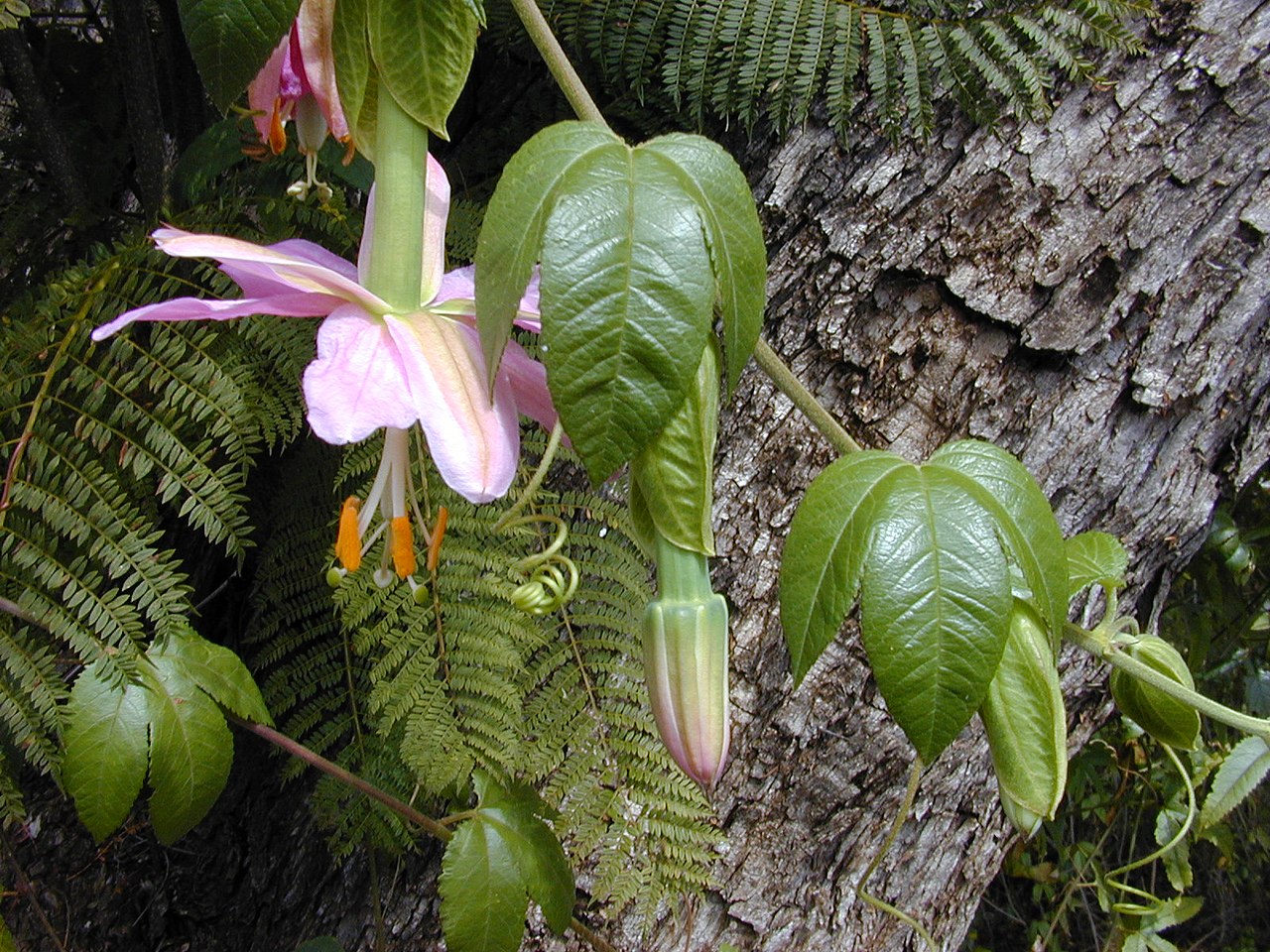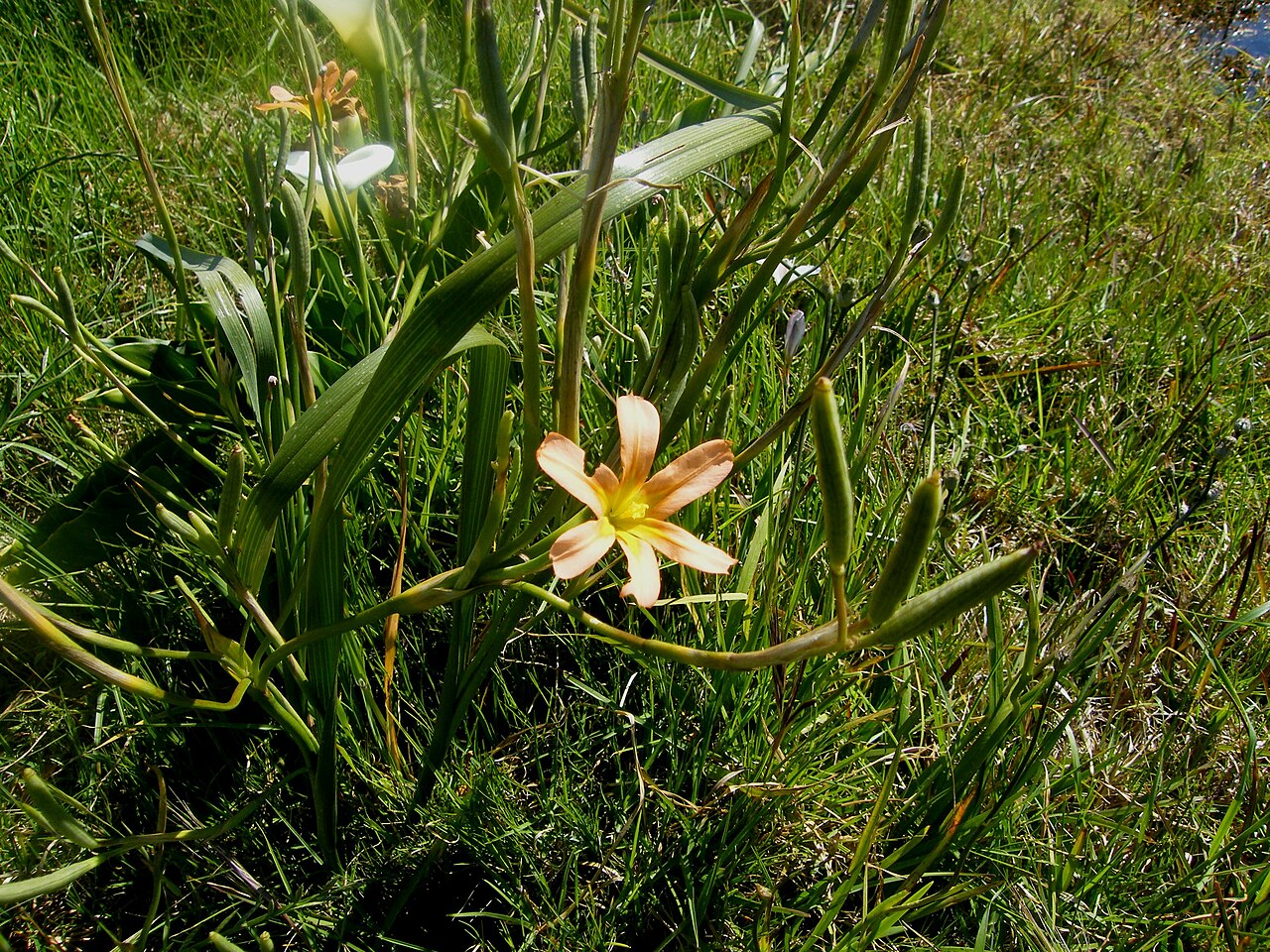
Common Name
African wood sorrel, Bermuda buttercup, Buttercup oxalis, Cape cowslip, Cape sorrel
Scientific Name
Oxalis pes-caprae
Family
Oxalidaceae
Lifecycle
Perennial
Seasons of Growth
Year-round
Key Distinguishing Feature
Herb with clover-like leaves and yellow flowers
It typically grows during the cooler seasons, such as late fall, winter, and early spring, but can be found year-round in regions with mild climates.
• Growth Form: Soursob is a low-growing herb with a prostrate growth habit. It forms a rosette of leaves close to the ground.
• Leaves: The leaves are trifoliate, meaning they consist of three heart-shaped leaflets. They are typically bright green and have a sour taste when chewed.
• Flowers: The flowers are bright yellow with five petals and are borne on long stalks. They have a distinctive appearance and are often produced in abundance.
• Roots: Soursob has a bulbous underground storage organ (tuber) that helps it survive adverse conditions.
Ecological Impact:
• Soursob is considered invasive in many regions outside its native range, including parts of Australia, South Africa, and the United States. It can form dense mats of vegetation and outcompete native plants.
• It has the potential to alter natural ecosystems, particularly in coastal and disturbed areas.
Control Methods:
• Control of Soursob often involves a combination of mechanical, chemical, and cultural methods.
• Mechanical methods include hand-pulling or digging up the tubers to reduce the plant's population.
• Herbicides may be used for control, but care must be taken to use them safely and effectively, following local regulations.
• Preventing the spread of Soursob through contaminated soil, equipment, or plant material is important.
Soursob is a challenging invasive plant that requires active management to prevent its spread and protect native ecosystems. Local environmental agencies often provide guidance on the best control practices for this invasive species.
Key Products for Control:
-
Adama Quali-Pro Nutmeg - Bentazone
-
Adama 3-D - Bentazone, Dicamba and MCPA
-
Adama Cutlass - Dicamba
-
Adama Cutlass M - Dicamba and MCPA
-
Adama Fairway - Bromoxynil, Dicamba and MCPA




